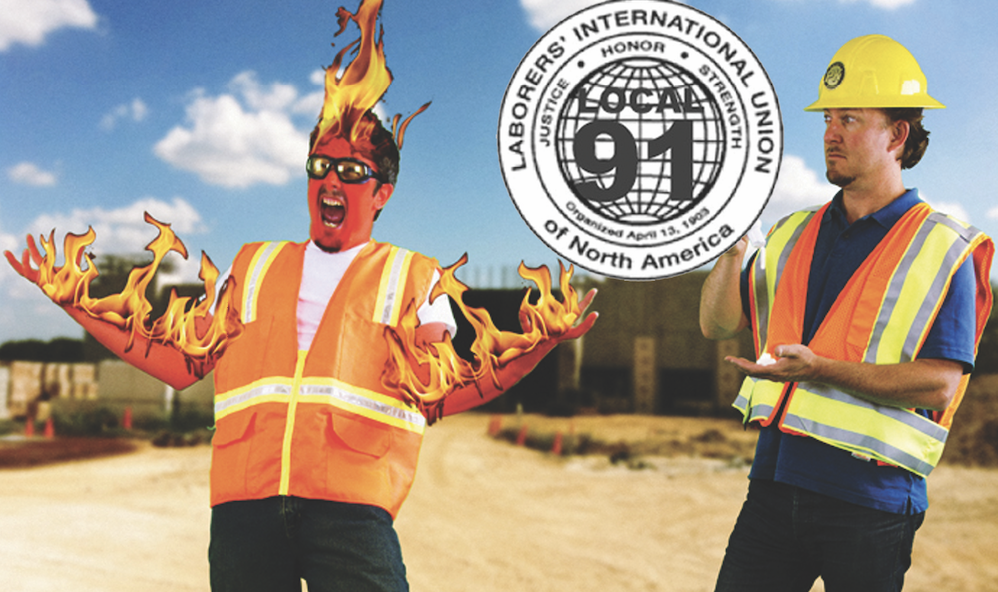Please click the link below to subscribe to a FREE PDF version of each print edition of the Niagara Reporter
http://eepurl.com/dnsYM9

By: Randy Palladino
Heat can be deadly for workers. In 2017, 32 workers died from heat exposure, with 12 of them being construction workers. Every year, even more workers suffer from heat illness. In 2017, almost 2,500 workers suffered illnesses from heat exposure and over a quarter of them (650) were construction workers. Heat illnesses can range in severity from minor heat rashes to heat cramps, heat syncope (dizziness and fainting), heat exhaustion and heat stroke, which is the most deadly. Your risk of heat illness depends on more than just the temperature. There are a number of factors that increase your risk:
- Humidity:As the humidity increases, it feels hotter because less sweat is evaporating from your skin, which is the body’s primary way to cool itself. Humidity can be a major factor in increasing risk for heat illness.
- Solar radiation:Working in direct sunlight can increase your risk for heat illness by about 15 percent. Just like when you drive in a car and sunlight heats up the inside even with the air conditioning on, direct sunlight can cause your internal temperature to climb.
- Workload:When you work hard, your muscles generate internal heat as they burn calories to give you the energy to work. The harder you work, the more heat you generate and the greater your heat illness risk.
- Clothing:Some jobs require workers to wear protective clothing, such as Tyvek suits for asbestos or HazMat jobs. Clothing can interfere with the body’s ability to sweat, further adding to risk for heat illness.
- Acclimatization:Over time, the body “acclimates” or adapts to working in hot weather. It can take from a few days to a couple of weeks to adjust to working in heat, especially after time off or at the beginning of a heat wave. Overdoing it during that period can increase your risk. Employers can gradually increase workload and provide more rest breaks to allow workers time to get used to the heat.
- Dehydration:The body needs a lot of water to replenish what it loses through sweating. If you don’t drink enough, you can suffer from dehydration and heat illness.
- Medical conditions: Some medications can make workers more susceptible to heat. Alcohol and highly caffeinated beverages such as energy drinks can also make you more susceptible to heat illness.
The best way employers can protect workers from heat illness is a combination of three well-known practices: water, rest and shade. In addition to these best practices, employers should allow workers time to acclimate by easing into working in heat over several days. Check weather reports in advance and pay attention to the “feels like” temperature, not just the number of degrees. Make sure all workers are trained to recognize the signs and symptoms of heat stress in themselves and their fellow workers. Everyone on site should also be trained on what actions to take to cool a person’s body until emergency help arrives in the event of heat stroke.













